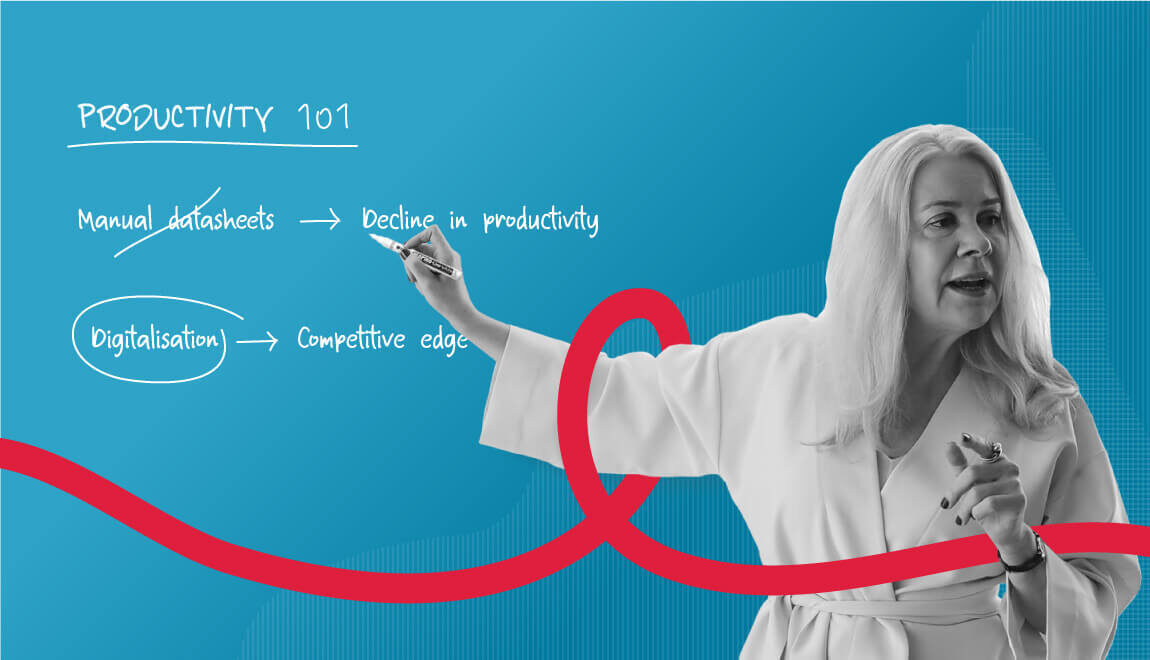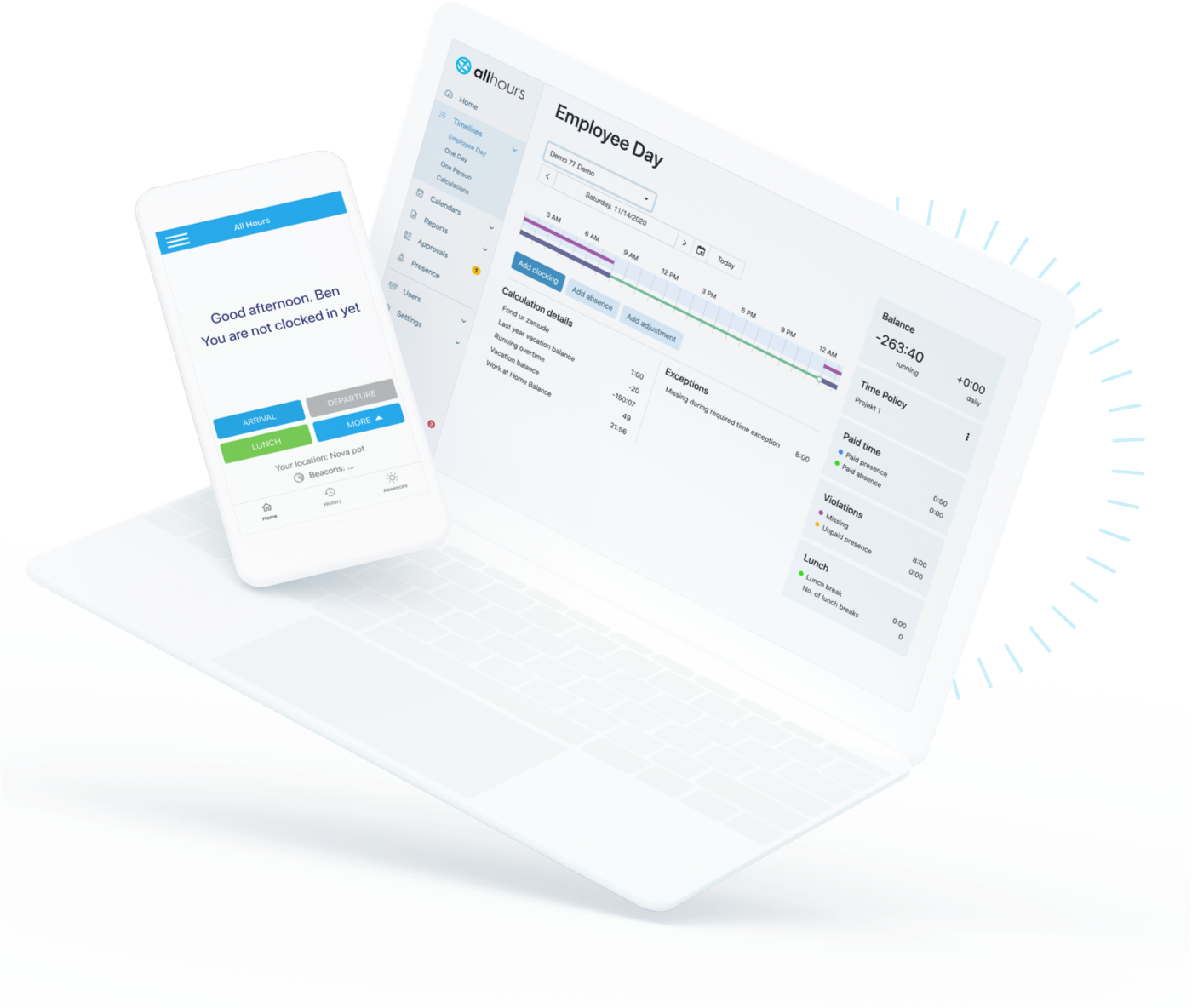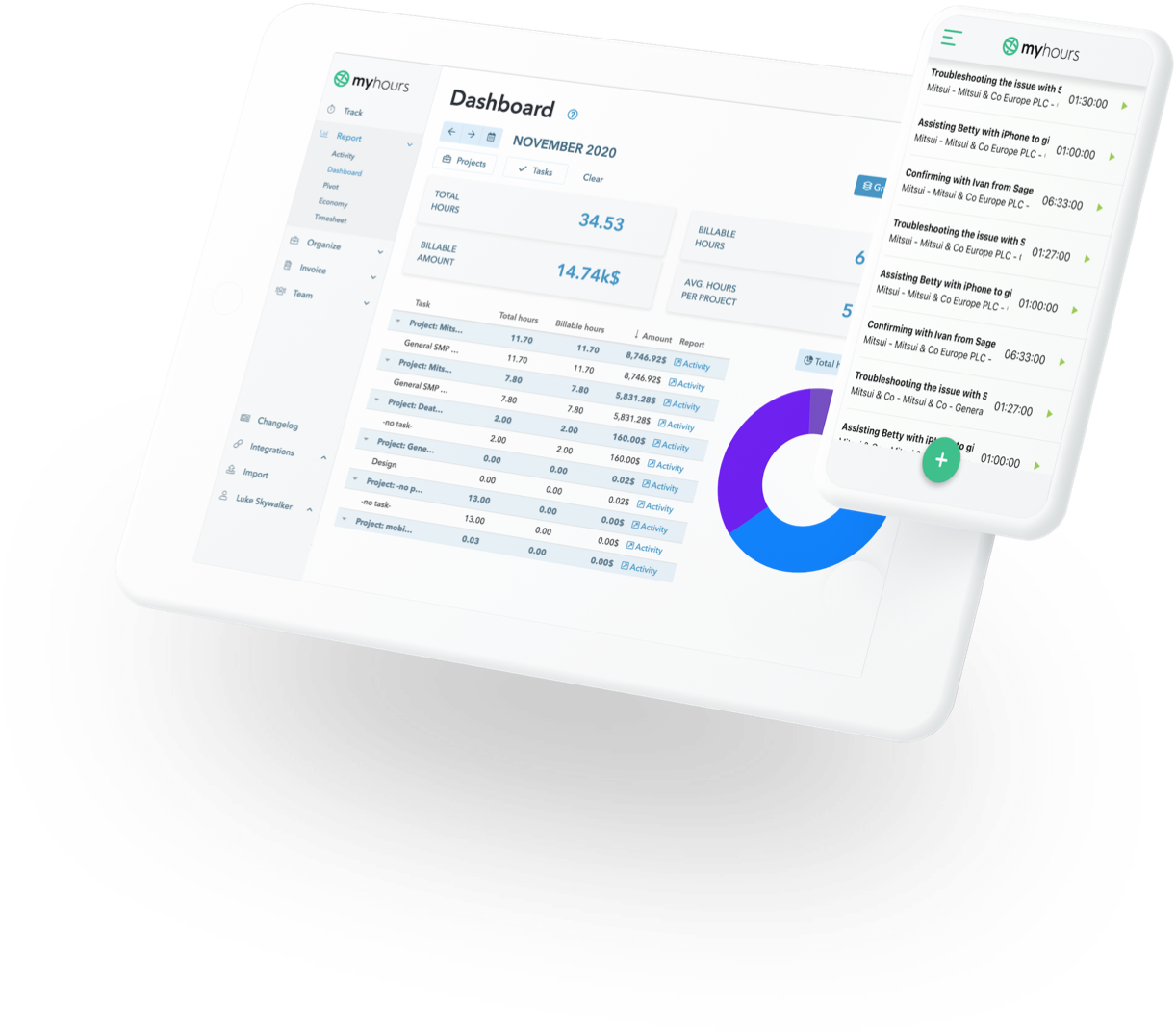Are you still using paper time sheets? Here are the many reasons not to.


Digitalization has become the buzzword of the business milieu. Organizations are on the fast track to digitalize all their processes and business functions, and HR processes are no exception.
Interestingly, in some digital strategies time and attendance processes are not a digitalization priority.
Although at first it may seem economically unjustified to implement digital tools for time and attendance management, a closer look at this issue shows that quite the opposite is true.
Analyses and years of practical experience show that digitalization of seemingly "unimportant tasks" have many benefits including:
- Saving assets in several business segments
- Providing time for more sophisticated tasks
- Maintaining high levels of motivation for work among employees
- Giving deep insights into the way the workforce is managed in your organization, which contributes to a long-term competitive edge
- Fewer errors and better statistics
In this article we’ll look at some of the main reasons not to track time and attendance manually and why paper time sheets are not a good idea in today’s digital world.
- 1. Paper time sheets can cause payroll processing errors
- 2. Paper time sheets cause a decline in work productivity
- 3. There’s no way to schedule effectively with paper time sheets
- 4. It’s much harder to manage overtime and absences and meet labor demands
- 5. It’s easier to be compliant with a digital time and attendance solution
- 6. You can easily add online project time tracking
1. Paper time sheets can cause payroll processing errors
There are so many ways paper time sheets can lead to payroll processing errors, including bad handwriting, human mistakes, misplaced time sheets that need to be redone by memory and so on.
Paper time sheets can cause a real mess. They get lost, misplaced, or are rarely delivered to human resources in time. All that can cause much higher costs.
With the use of digital solutions, such as All Hours, all these issues are more or less solved. The app reminds employees to clock-in and out, there’s no way for time sheets to get lost, and data gets to the human resource department on time.
Distribution, collection, processing etc., all gets so much easier. The digital version is also a lot more transparent, and employees have a much harder time entering misleading arrivals or departures.
2. Paper time sheets cause a decline in work productivity
Based on the answers obtained from a web questionnaire published at www.spica.si, 46.7 % of respondents track time, i.e. absences, such as vacation, sick leave, business trips, etc., in paper form, and as many as two thirds (69.5 %) of respondents keep records of overtime work on paper as well.
We cannot jump to simple conclusions as to why there is still so much paperwork being done; however, one reason must be the lack of awareness around digital time and attendance management being able to improve productivity, through accelerating the crucial processes associated with human resource management.
Compared to manual datasheets, electronic payroll processes, automated absence approvals and compliance, automatic working time scheduling, and the creation of travel orders on your mobile phone make work significantly faster, more productive, easier, and error-free.
Further, research conducted by the Harvard Business Review dispelled the urban myth that digitalization induces only major and even disruptive changes in businesses.
The truth is that implementing simple digital tasks saves each and every company a lot of time which can then be spent on more important tasks and ultimately contribute to higher value for end customers.
3. There’s no way to schedule effectively with paper time sheets
With digitalized time and attendance, you can manage your workforce’s time much more efficiently.
For example, if HR analytics shows you overtime hours in one department, or a high volume of sick leave in another, this gives you the chance to act timely and effectively.
You can easily discover the root of the problem and eventually redistribute employees, thus enabling you to efficiently use limited resources as well as save time for the HR department, who can focus on strategic tasks instead.
Through the use of dynamic scheduling, a module for scheduling working time in our solution All Hours, managers have the possibility to create and manage schedules for a larger group of employees.
Planners can schedule working hours in real time according to employees’ wishes and business requirements. Planning is easy as daily, weekly, or monthly schedules are seen on one screen.
All absences can be planned and tracked in real time and automatic alerts pop up in case of legal non-compliance.
4. It’s much harder to manage overtime and absences and meet labor demands
With a digital solution, it’s much easier to manage overtime and absences. Absences can be requested and approved with the use of app. There’s also detailed statistics on the frequency of absences by time, and a better overview of overtime periods.
At the company level, proper management of overtime work and absences can help to identify if it is financially better and more feasible to implement overtime work instead of hiring new employees, which can save labor costs on a yearly basis, and at the same time allows optimal stock volumes.
Planning according to real needs is one of the basic elements of maintaining high productivity, especially in manufacturing, retail, call centers, hotel management, health care, and logistics.
The first steps are to precisely predict labor demands, carefully plan and distribute employees accordingly and use dynamic scheduling to adapt working schedules to the actual situation.
Taking such an approach will reduce excess staff and compensate for staff shortages. It allows you to gain control over costs and improve productivity, as well as arouse enthusiasm among employees. There’s no way that all this can be achieved with paper time sheets.
5. It’s easier to be compliant with a digital time and attendance solution
Our survey has shown that more than one-third (35.5 %) of companies do not have an overview of how many employees came to work on a given day, and when. This is because they do not track employee working hours at all.
However, this practice will have to change in 2021, since European regulations demand tracking of arrivals and departures.
Under European legislation and the Charter on Fundamental Rights, EU member states must ensure that workers actually benefit from these rights, by setting up “an objective, reliable, and accessible system enabling the duration of time worked each day by each worker to be measured,” said the ECJ in the statement.
6. You can easily add online project time tracking
Hours spent at work do not reflect the quantity of work the employee could perform. Productivity by definition is the amount of work done within a given timeframe.
Thus, in order to measure productivity, you need to measure the output and time needed to complete tasks. To get rid of this dilemma, you can use myhours.com - a web app to track time by projects and tasks.
My Hours is a web and mobile app for freelancers and teams of any size. It enables you to organize your projects, track work hours and share reports with clients or management - all in one place.
You can split your work into projects and tasks, apply hourly rates, and log working hours with the start-stop timer or enter timesheets manually. You can easily add digital project time tracking to digital time and attendance tracking.
But of course, having both paper time sheets and digital project time tracking, doesn’t make any sense. So make sure you try both of our products, since they work best together.
Are you still tracking time and attendance manually? It's not the optimal way. Try our digital solutions All Hours and My Hours for free and see for yourself how convenient it is to go digital with these core HR processes.







